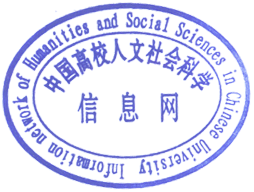关 键 词 :汉语 新兴极性程度补语 构式化学科分类:语言学--汉语研究
本研究旨在探讨汉语新兴极性程度补语的构式化现象,采用语料库分析法与对比分析法,结合语言演变和认知理论,明确其定义、特征与类型,深入剖析构式化过程、影响因素以及语义语用特点。研究发现,新兴极性程度补语在语义、句法上区别于传统补语,其构式化受认知、社会和语言内部多重因素影响,具有独特语义韵和语用功能。但研究存在语料覆盖局限等不足,未来可拓展语料、运用新技术深入研究,以期丰富汉语语法理论,为语言教学和语言应用提供参考。
This study aims to explore the constructionalization phenomenon of emerging polarity degree complements in Chinese. By adopting the corpus analysis method and the comparative analysis method, and combining with the theories of language evolution and cognition, it aims to clarify their definitions, characteristics and types, and conduct an in-depth analysis of the constructionalization process, influencing factors, as well as semantic and pragmatic features. The study finds that emerging polarity degree complements are different from traditional complements in terms of semantics and syntax. Their constructionalization is influenced by multiple factors, including cognitive, social and internal language factors, and they possess unique semantic prosodies and pragmatic functions. However, the study has some deficiencies, such as the limitation of corpus coverage. In the future, the corpus can be expanded and new technologies can be applied for in-depth research, with the expectation of enriching Chinese grammatical theories and providing references for language teaching and language application.

